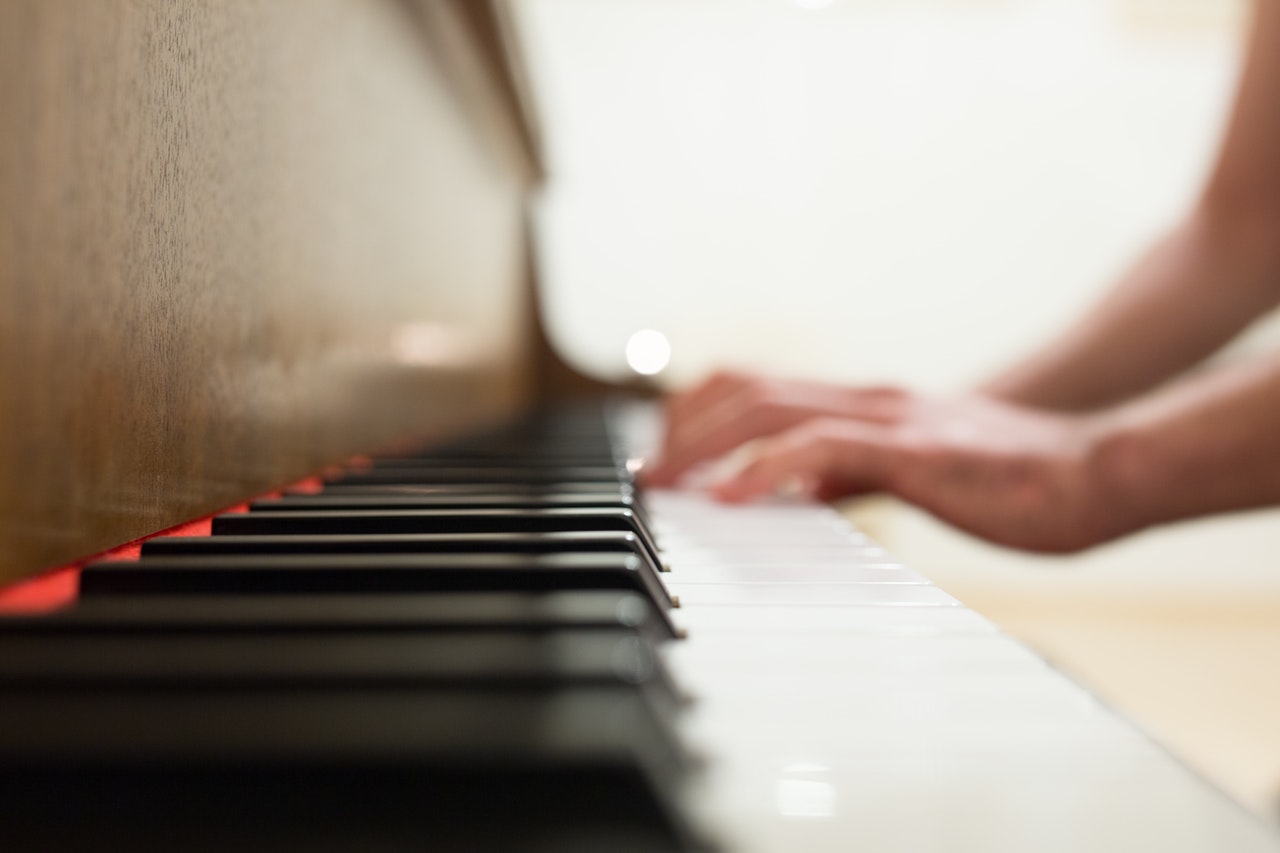Today we’re going to cover how to play a common Gospel Music walk-up.
Articles
Suspended Chords: To Sus Or Not To Sus?
Welcome back, my friends! I hope your week has been well! I’m pretty excited to share this article with you today. It’s really easy to get stuck in a rut with the same old chords, but today we’re going to teach you how to spice it up!
What Can I Do With an A Minor Chord?
Hello, my friends! Thanks for joining us today for another article! We hope today’s article is beneficial for you as you further dive into your knowledge as a musician. We have an interesting, and specific, topic for you today so let’s jump right in!
Chord Voicings for the 2-5-1 Chord Progression
Today, we’re going to talk about a popular chord progression in the music community.
The 2-5-1 Chord Progression.
To keep it simple, we’re going to use the key of C Major which has no sharps or flats. All white keys.
Using the Sustain Pedal Effectively
The sustain pedal is an accessory that adds a sustaining effect to your existing piano sound. This means that sustain pedals keep either a note or chord you play sustained, even though you are no longer actively playing the note. On a grand piano, the sustain pedal is a foot switch to the extreme right below the keyboard.
2 Ways to Accomplish Smooth Modulations
The definition of modulation is the process of transitioning from one key to another while playing a song. In this article, we will examine simple tips on modulating smoothly while playing a musical piece. However, before we proceed I would like to point out that while modulation is similar to transposition, there are significant differences between the two. The similarity between the two is the process of “changing keys”.
Here I Am To Worship feat. Darius James
Piano cover “Here I Am To Worship” feat. Darius James and Jabbar Brown.
Slash Chords Demystified
Today we are going to talk about Slash Chords.
Typically, we play the root of a chord using the left hand to accompany the chord on the right hand. For instance, the C major chord (CEG) is played as follows:







